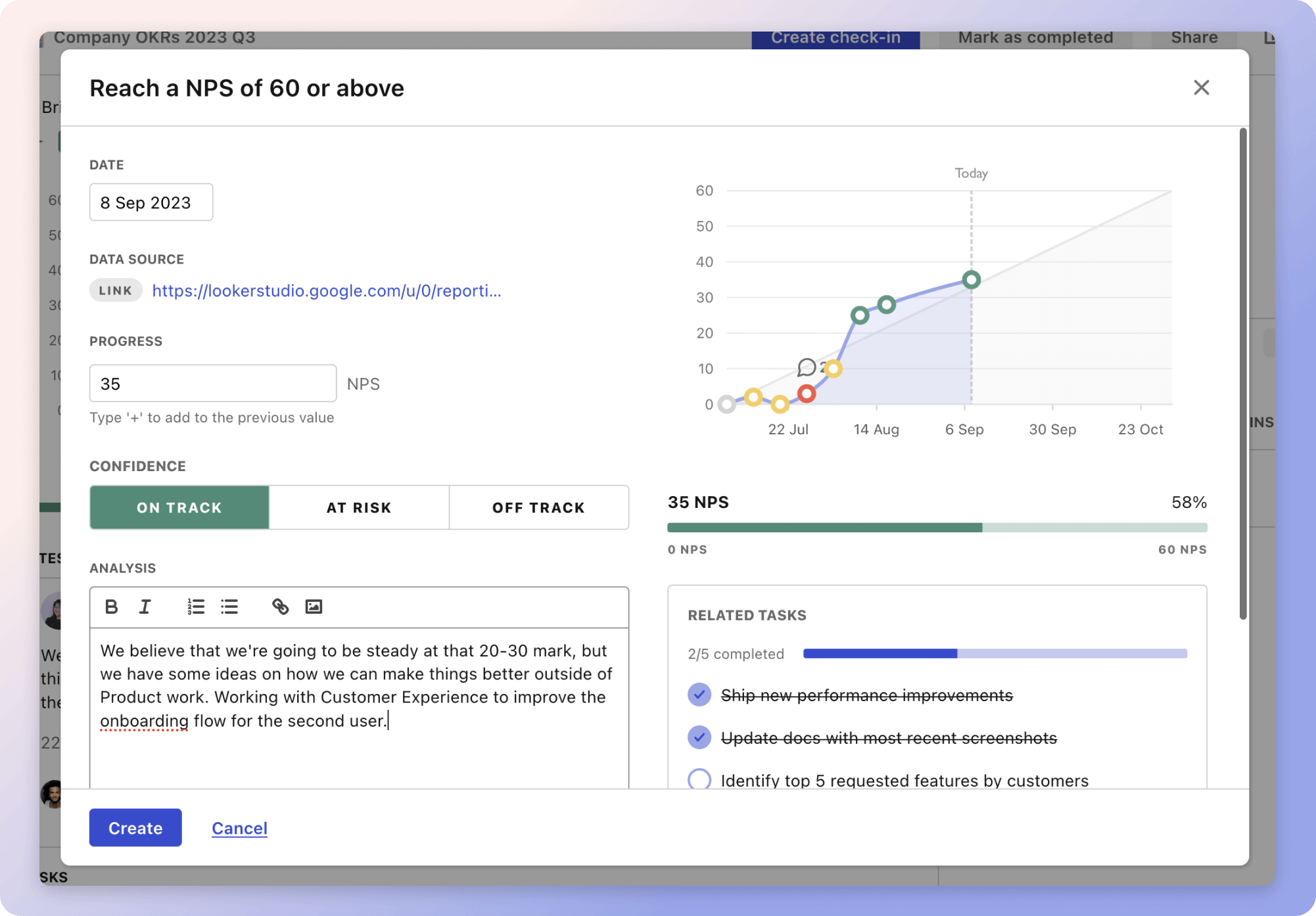The strategy outlined in your JSON format emphasizes developing a strategic financial business plan aimed at enhancing profitability and ensuring sustainable growth. The first core strategy involves conducting a thorough financial analysis, which includes compiling historical financial data, analyzing cash flow, and benchmarking against industry averages. For example, identifying KPIs and conducting a SWOT analysis can help pinpoint areas for improvement and validate findings with experts.
Another critical strategy is defining financial goals and objectives. Setting short, mid, and long-term goals that are specific, measurable, and time-bound is crucial. Prioritizing these goals and aligning them with the overall business strategy ensures consistent progress toward objectives. This approach helps in effectively communicating expectations to stakeholders and includes a risk management plan to address potential setbacks.
Finally, developing a strategic budgeting plan involves drafting a detailed breakdown of projected income and expenditures and setting spending limits per department. Implementing a budgeting software for tracking and variance analysis ensures efficient allocation of resources and regular reviews keep the plan on track. This ensures that all stakeholders are aware of budget guidelines and resource allocation.
The strategies
⛳️ Strategy 1: Conduct a thorough financial analysis
- Compile and review historical financial data from the past three years
- Analyse current cash flow, income, and expenditure trends
- Identify key performance indicators (KPIs) relevant to your industry
- Evaluate your current asset and liability structure
- Benchmark your financial metrics against industry averages
- Identify strengths, weaknesses, opportunities, and threats (SWOT analysis)
- Engage financial experts to validate the analysis findings
- Summarise key insights and implications of the financial analysis
- Determine areas with potential for cost reduction or revenue increase
- File findings into a digital dashboard for ongoing monitoring
⛳️ Strategy 2: Define financial goals and objectives
- Set short-term, mid-term, and long-term financial goals
- Ensure goals are specific, measurable, attainable, relevant, and time-bound
- Prioritise goals based on potential impact and feasibility
- Assign responsible teams or individuals for each financial objective
- Develop key performance indicators (KPIs) for tracking progress
- Align financial goals with the overall business strategy
- Communicate financial objectives to all stakeholders
- Create a timeline for achieving each financial goal
- Regularly review and adjust financial goals based on performance
- Include a risk management plan to mitigate potential setbacks
⛳️ Strategy 3: Develop a strategic budgeting plan
- Draft a detailed budget breakdown of all projected income and expenditures
- Set spending limits within each department or category
- Incorporate contingency funds for unforeseen expenses
- Implement a budgeting software for accurate tracking and reporting
- Schedule regular budget reviews with department heads
- Identify opportunities for cost savings and efficiency improvements
- Allocate resources to high-priority business initiatives
- Review budget plan with financial advisors or consultants
- Communicate the budget plan guidelines across the organisation
- Use variance analysis to track budget adherence and inform adjustments
Bringing accountability to your strategy
It's one thing to have a plan, it's another to stick to it. We hope that the examples above will help you get started with your own strategy, but we also know that it's easy to get lost in the day-to-day effort.
That's why we built Tability: to help you track your progress, keep your team aligned, and make sure you're always moving in the right direction.

Give it a try and see how it can help you bring accountability to your strategy.
